.
what are the different types of organic tea
Here are some pointers about how to choose the best organic tea
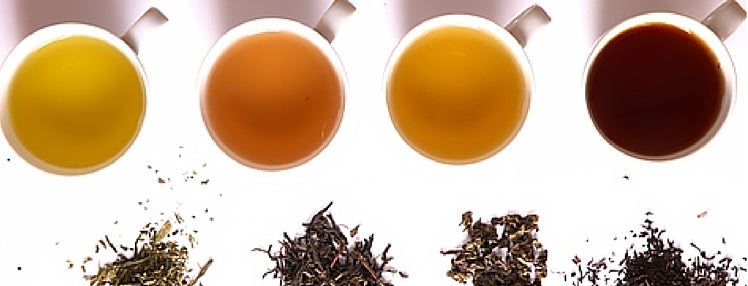
Tea is the most popular beverage in the world, aside from water, with 25,000 cups consumed per second (1). That’s a whole lot of tea! With a lots of benifits. There are also numerous options to sip great organic tea.
Tea is high in disease-fighting substances known as polyphenols, in addition to the energy boost that this often caffeinated beverage gives. These molecules are antioxidants, which have been linked to a lower risk of heart disease and cancer in several studies.
Here are some pointers about how to choose the best organic tea
Here are some labels to keep an eye out for while shopping, as well as some ingredients to keep an eye out for:
Organic certification by the USDA.
If you look for the USDA Organic seal, you’ll know you’re getting a product that’s created entirely of certified organic ingredients (5).
Labeled as Fair Trade or Rainforest Alliance Certified.
With conventionally produced tea, low salaries and bad working conditions are prevalent. Look for the following labels: Fair Trade Certified, Fair for Life, The Fairtrade System, Naturland Fair, Small Producers’ Symbol, or Rainforest Alliance Certified. To obtain these certifications, a product must be subjected to a third-party evaluation to ensure that it complies with requirements relating to sustainable farming methods and fair labour practises.
Added sugar
With a splash of sugar, many people enjoy balancing out the bitter undertones in most teas. Many people find that adding a touch of sweetness to most teas helps to balance out the bitter undertones. Keep a watch out for bottled and powdered teas that have additional sugars or sweeteners if you prefer to avoid added sugar in your tea.
In addition to delivering a variety of health benefits, our top-rated organic teas all hold the USDA Organic or Regenerative Organic Certified designation.
Different types.
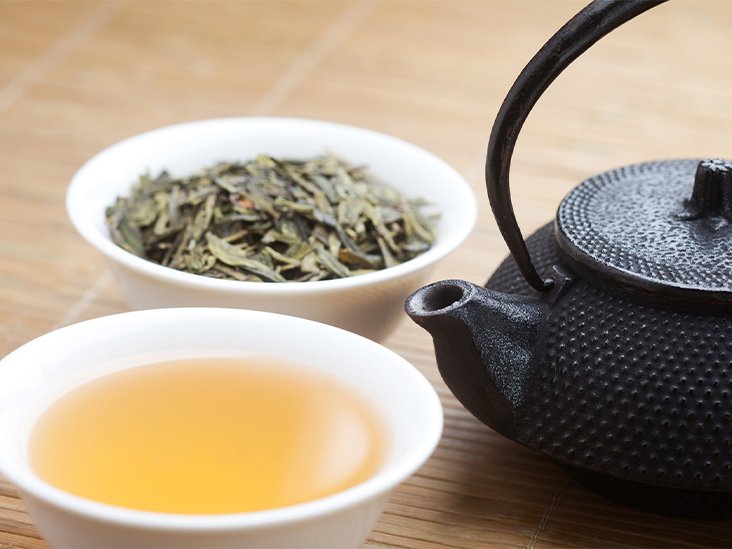
white tea
White Tea is the most difficult to come by and the rarest of all the teas. It’s brewed with young tea leaves that haven’t fully opened their buds. Harvesting white tea is laborious and time-consuming. Because it grown in small numbers, it is more expensive than other forms of tea. Because it imerely cooked and dried before being preserved in its original state, it undergoes minimum preparation.
. Benifits
- Helping to build the immune system
- Helps to avoid cavities and tooth decay
- Has cancer-fighting properties
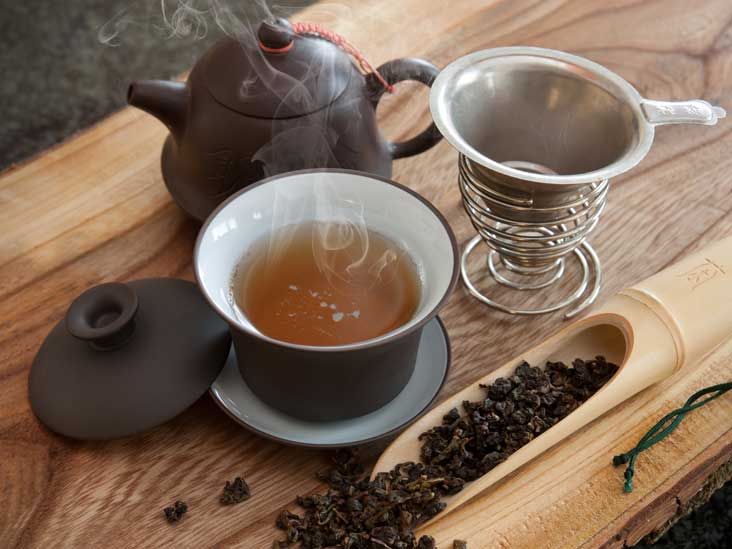
Oolong Tea:
This is a classic Chinese tea that has antioxidant benefits that fall midway between black and green tea. They are whithers, mildly fermented, and then dried after a moderate fermentation process. Oolong tea can purchased online. It is extremely popular among the Chinese, and you can tell from their skin and overall health that it has some really beneficial effects.
benefits
- Strong antioxidant properties
- Reduces the risk of high blood pressure
- Helps to reduce cholesterol
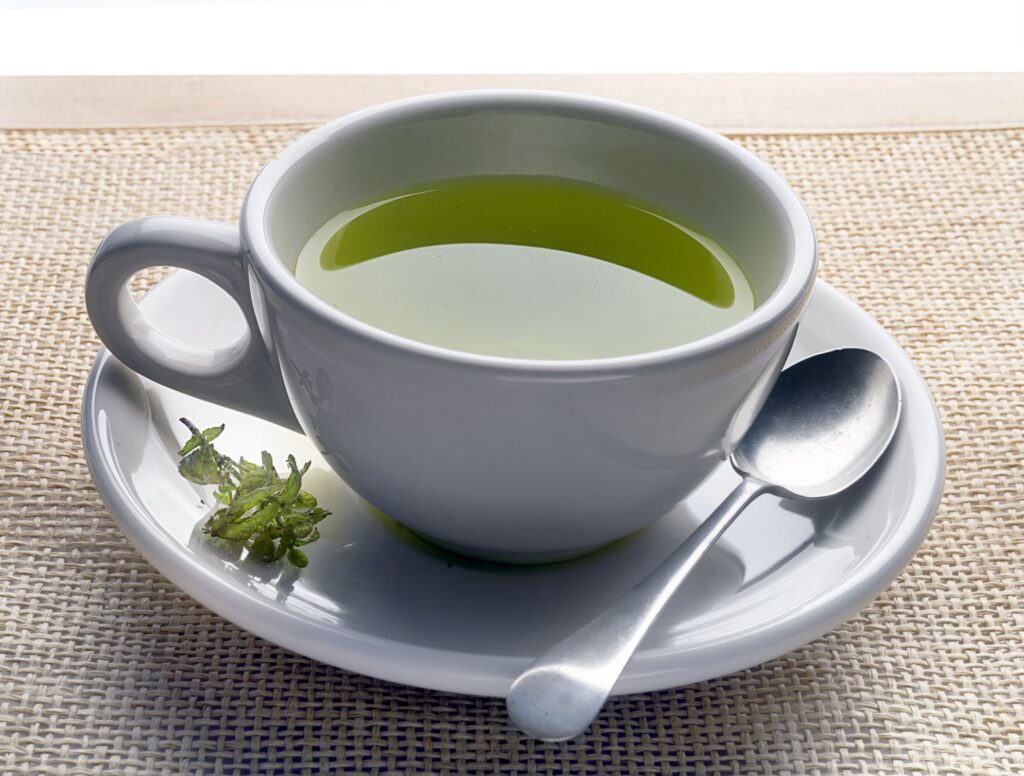
. Green Tea:
Green Tea is the most popular “health tea” with numerous advantages. It which manufactured just from the leaf bud and the top two leaves, is a milder variety of tea. The leaves simply wilted and then roasted or dried; unlike black tea, they not fermented, thus they do not oxidise. As a result, this technique protects the leaves without damaging the plant’s beneficial chemicals, which is why it’s so good for teas.
benifits
- Filled with antioxidants
- Helps to reduce high blood pressure
- It Helps to prevent viral infections
- Helps slow down aging process
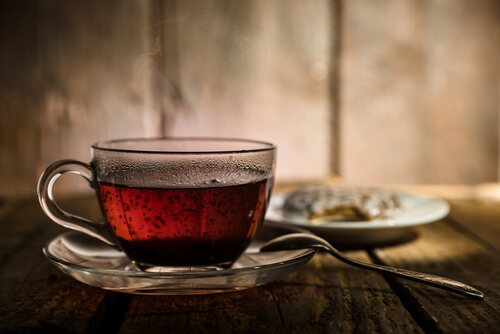
. Black Tea:
It is self-evident that black tea is the most popular type of tea. It can found in every home. Organic black tea, on the other hand, considerably different from the typical bagged tea on the market. The hue of the leaves changes from green to a burnt copper colour due to a variety of fermentation processes.
benifits
- Helps to expand arteries, thereby increasing blood flow
- Possesses cancer-fighting powers
- Prevents dental cavities
